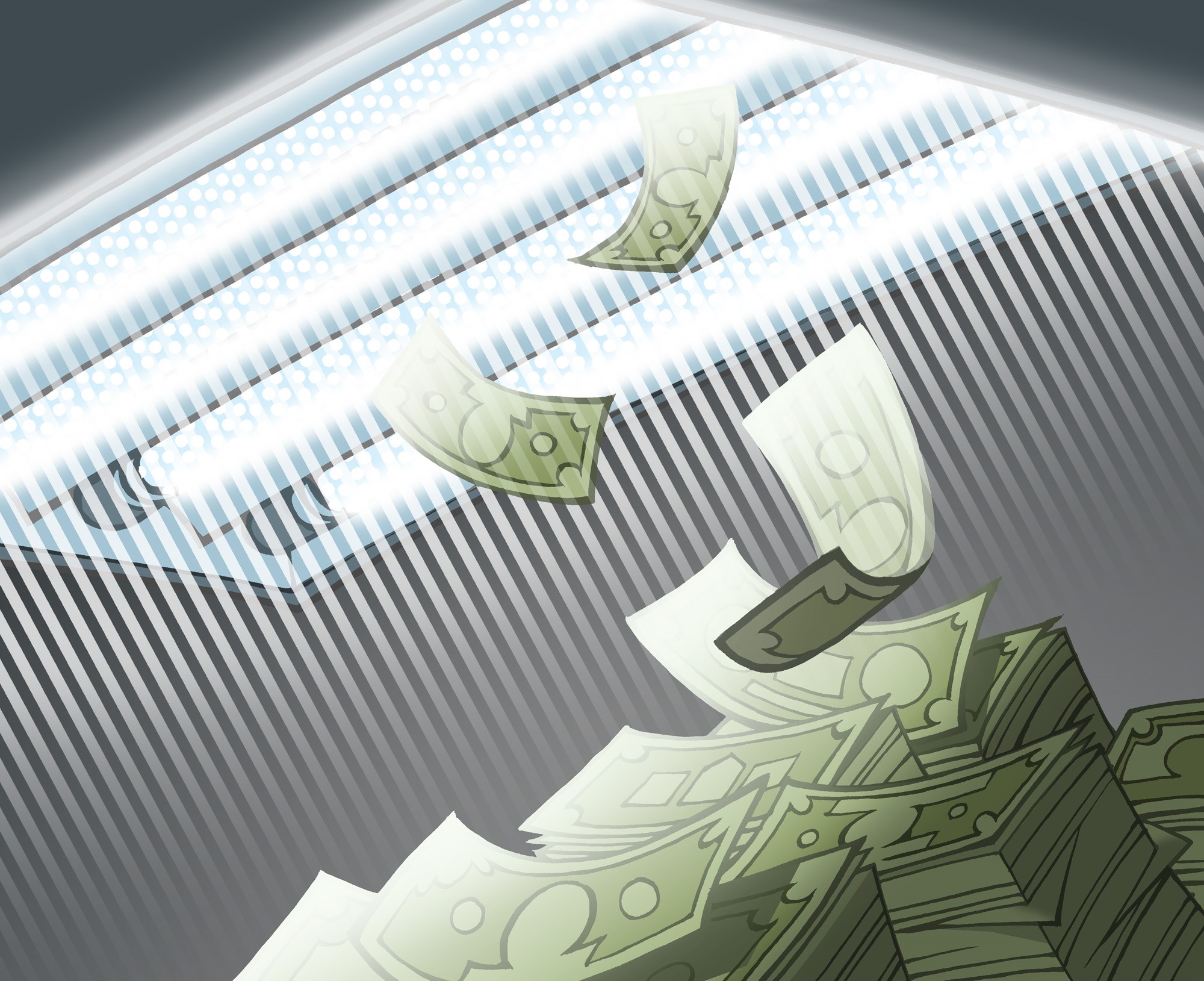Gigawatt-Hour Savings in Store?

Study: LEDs Can Replace Fluorescent Lights with Equal Performance and High Efficiency
An EPRI study indicates that utilities should consider linear light-emitting diode (LED) lamps and troffers for rebates and incentives in their energy efficiency programs to replace linear fluorescent lights in the commercial sector. The switch offers significant energy savings with adequate light levels and payback.
Researchers scanned the LED market for potential fluorescent light replacements and examined 20 products in EPRI’s lighting laboratory, measuring light output, efficacy, illuminance, energy savings, and payback. LED lamps offered energy savings of 25–61% relative to fluorescents. LEDs in dimmable troffers provided 28–36% savings at full output and 47–53% savings when dimmed to match the fluorescents’ luminous flux.
Based on energy savings, LED lamp payback is 1–5 years, while payback for the more expensive troffers is 10–12 years. If LEDs last longer than fluorescents as manufacturers claim, reduced maintenance costs could shorten payback.
Because of varying LED product designs, the authors recommend that utilities vet products before providing rebates. They point to additional potential energy savings when dimmable LED troffers are combined with networked controls and demand response programs.
For decades, linear fluorescent lights have dominated U.S. commercial and industrial lighting. Replacing them with LED products offers the potential to save thousands of gigawatt-hours per year.
Artwork by Kirk Anderson

